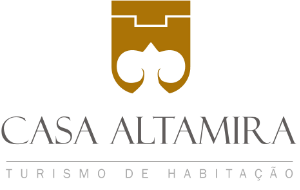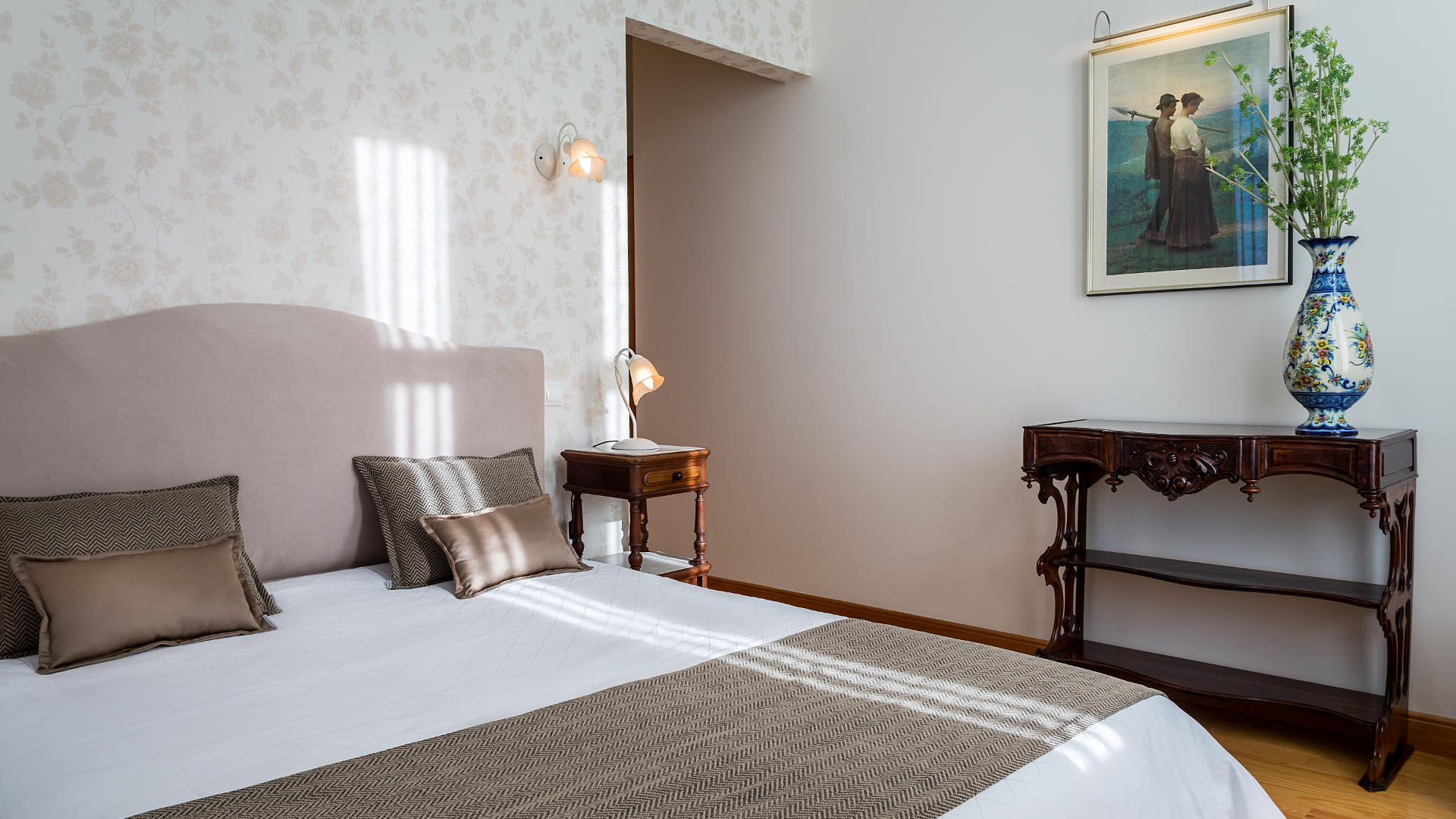The Douro is the 2nd largest river in the Iberian Peninsula. It rises in the North of Spain at 2080 meters of altitude in the province of Soria, on the peaks of the Serra de Urbião (Sierra de Urbión) and travels 850 kms to its mouth in Portugal near the cities of Porto and Vila Nova de Gaia.
In Spain it passes near the cities of Soria, Aranda de Duero, Valladolid, Tordesillas and Zamora.No Douro International, where the river delimits the border between Portugal and Spain, runs 112 kilometers, passing next to the city of Miranda do Douro.
It enters Portugal in Barca D’Alva, and travels 213 to its mouth. It passes near the localities of Vila Nova de Foz Côa, Peso da Régua, flowing next to Porto and Vila Nova de Gaia.
The Douro, more than a river was since ancient times a central artery of the life of the region, being an essential transport channel in the transport of Douro wine and people. But the Douro used to be a dangerous and indomitable river where only Rabelo boats could navigate. Full of currents and shallows required great skill and experience to navigate. It was another time, but times have changed. Nowadays the Douro, with the construction of several dams along its course is a completely navigable and safe river which has allowed its tourist use through numerous cruises that run through it daily.
When climbing the river we can find several dams, 5 in Portugal, 5 in the section of the international Douro and 5 in Spain.
In the international Douro, where the river borders Spain, there are 5 more dams: Saucelle, Aldeadávila, Bemposta, Picote and Miranda. In Spain the Douro has 5 more dams: Castro, Villalcampo, San José, Los Rábanos and Cuerda del Pozo.
The dams allowed the creation of the Douro Navigation Channel, a waterway with about 200kms from Foz to Barca d’Alva where the Douro River Cruises transport thousands of passengers every year. The dams also allow the production of electricity and the management of the flow of the river. The Douro River has a great unevenness. In the international section the average slope is about 3m per kilometer, so here we find 5 dams in a section of 112 kilometers.
There are several theories for the designation of the name of the Douro River. One of them says that the name comes from the designation dur which in Celtic means water. Another says that it comes from the Latin duris which means hard, due to the hardness of its contours along the high escarpments of the Aribas do Douro in the international section of the river between Barca D’Alva and Miranda do Douro.
It can also mean the wealth that he gives to the lands that surround him, the climate that allows the production of wine, fishing, the irrigation of the fields and the means of transport between the villages on its banks of these immemorial times.
The Alto Douro wine region was considered by UNESCO on December 14, 2001 a World Heritage Site in the category of cultural landscape.
Quarto duplo com solário
1 cama de casal extra-grande
Casa de banho privativa
Área do quarto 28 m²
Possui um terraço privado e uma varanda com vistas para o Rio Douro

